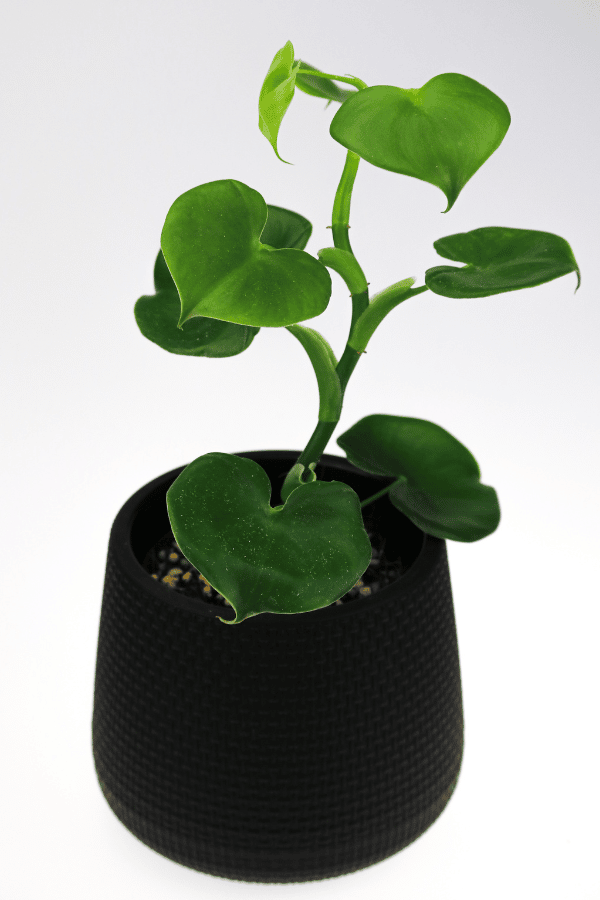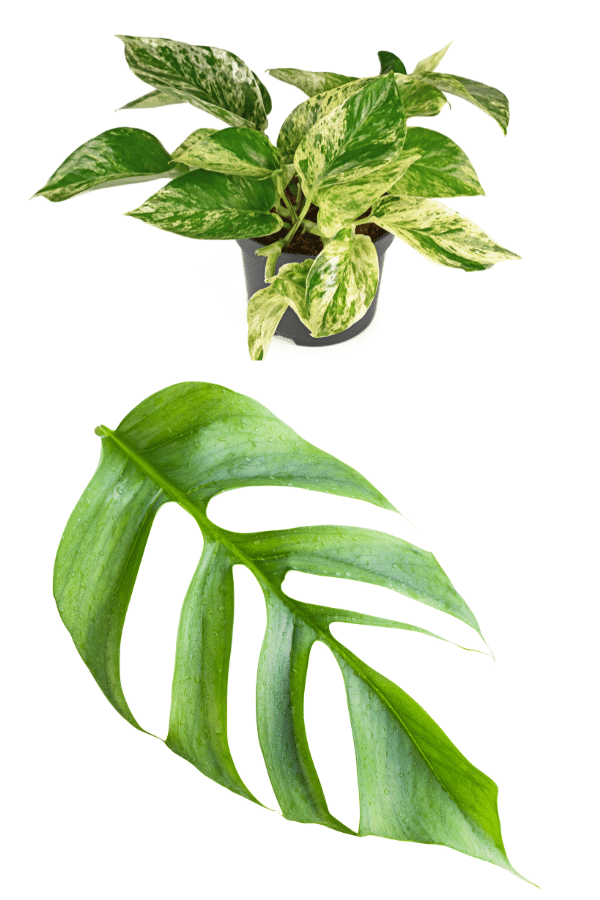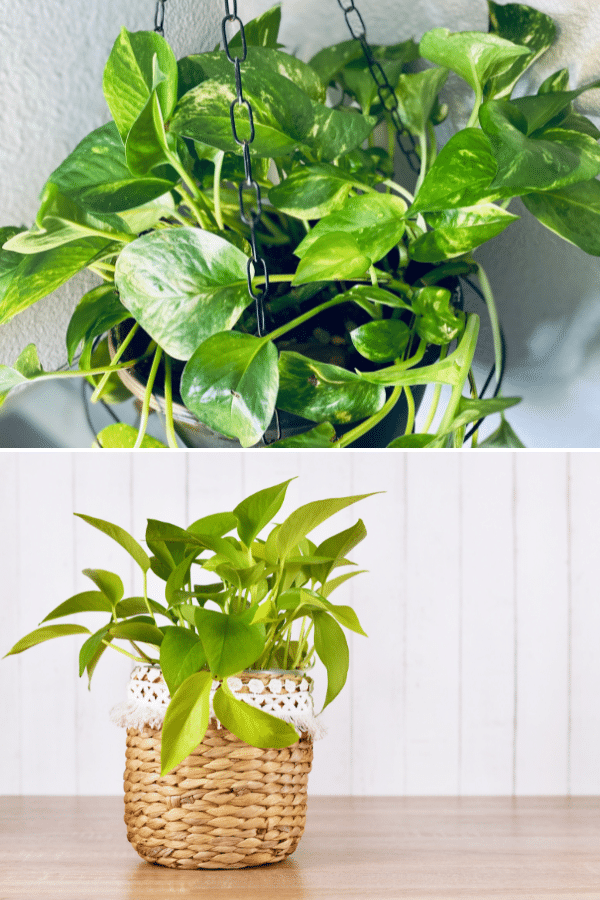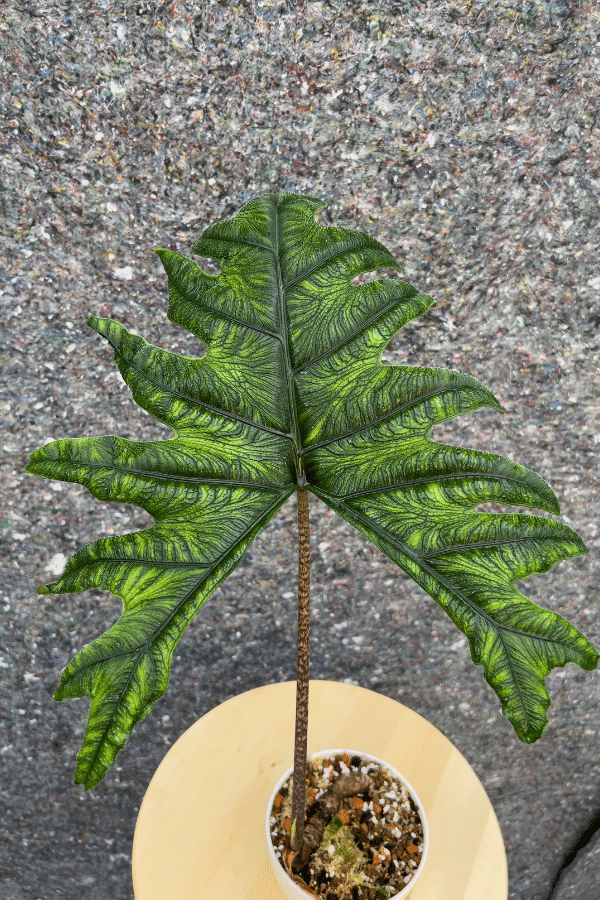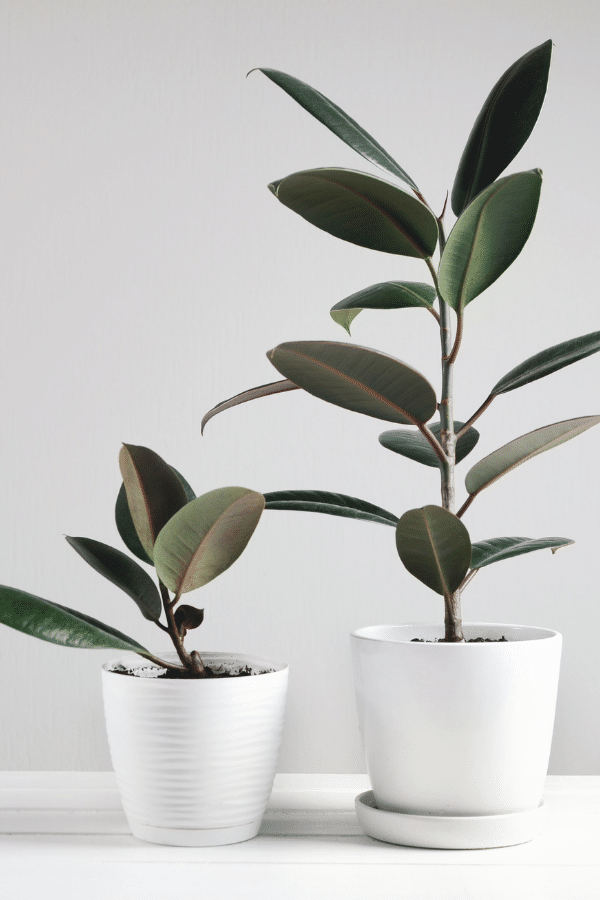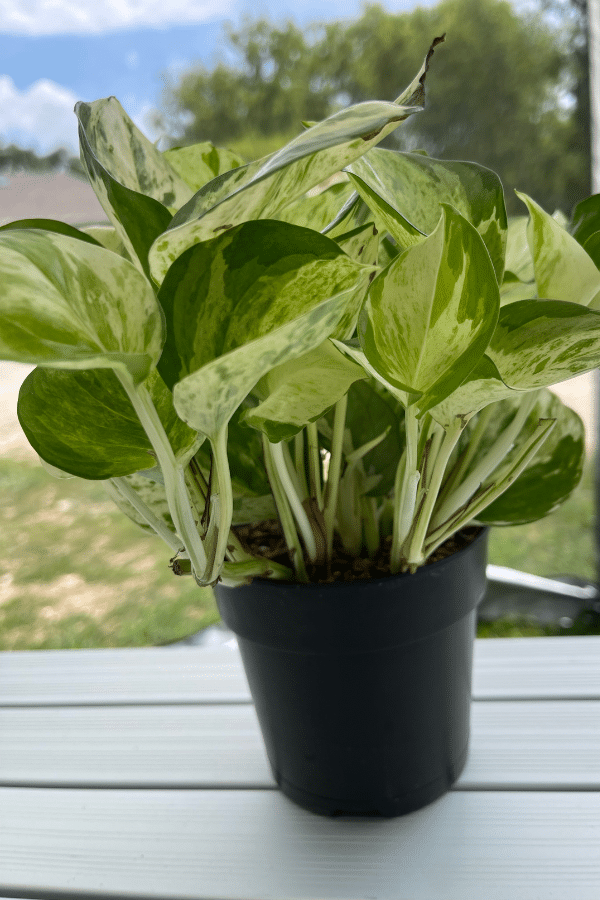Manjula Pothos Light Requirements
If you’re a fan of indoor plants, you’ve likely come across the Manjula Pothos. This beautiful plant, Epipremnum Aureum ‘Manjula’, is known for its striking variegated leaves. However, if you’re considering adding a Manjula Pothos to your collection, you may wonder about its light requirements.
Like most houseplants, the Manjula Pothos requires a certain amount of light to thrive. However, the exact amount can vary depending on a few factors. In this article, we’ll look at Manjula Pothos light requirements and what you need to know to keep your plant healthy and happy.
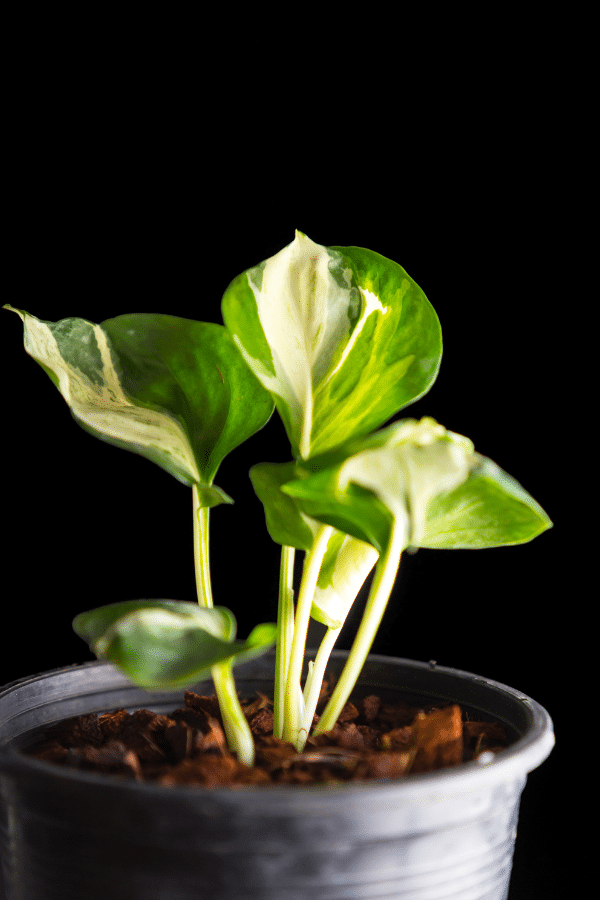
Understanding Manjula Pothos
To grow a Manjula Pothos, you must understand its light requirements. This Devil’s Ivy is a popular choice for indoor gardening due to its low maintenance needs and attractive variegated foliage.
With this beautiful foliage comes the need for high, bright light. This pothos is known to revert and start growing green leaves again. So it is essential to give it high light.
Manjula Pothos Light Requirements
If you want your Manjula Pothos to thrive, you must provide it with the right amount of light. Here are some things to keep in mind:
- Your Manjula Pothos needs bright, indirect light to grow properly.
- Avoid direct sunlight, as it can burn the leaves.
- If your plant is not getting enough light, the leaves will turn yellow and drop off.
- On the other hand, too much light can cause the leaves to become pale and lose their variegation.
So, what does “bright, indirect light” mean? It means placing your Manjula Pothos in a spot where it can receive bright light, not direct sunlight. A south or west-facing window is a good option, as it provides a high amount of light.
If you don’t have a south or west-facing window, you can also place your plant near an east-facing window. Protect it from direct sunlight by using a sheer curtain or placing it a few feet away from the window.
Find the Best Lighting In Your Home
Proper lighting is crucial for Manjula Pothos care. Here are some tips to help you find the best lighting in your home:
Direction of Your Windows
The direction of your windows plays a significant role in the light your plants receive. East-facing windows provide bright, indirect light in the morning, while west-facing windows offer strong light in the afternoon. South-facing windows provide the most intense light and are ideal for Manjula Pothos. North-facing windows offer the least light, making them unsuitable for this plant.
Use Grow Lights
You can use artificial lighting if you don’t have access to natural light or your home doesn’t have suitable windows. LED grow lights are a popular choice because they are energy-efficient and provide the right spectrum of light for plant growth. Place the lights 6-12 inches above your plants and keep them on for 12-14 hours a day.
Avoid Direct Sunlight
Direct sunlight can cause the leaves to burn or scorch. If you place your plant near a window, use a sheer curtain or shade to filter the light.
Monitor the Light Levels
It’s essential to monitor the light levels your plant receives regularly. If you see leaves turning brown or yellow, it could be a sign that Manjula is getting too much or too little sunlight. Adjust the placement of your plant or lighting accordingly.
Rotate Your Plant
To ensure your Manjula Pothos receives even light, rotate it every few weeks. This will help prevent one side of the plant from receiving more light than the other.
Measure the Lighting In Your Home
To determine the light requirements of your Manjula Pothos, you need to measure the lighting in your home. Here are the steps to follow:
- Identify the location where you want to keep your Manjula Pothos.
- Place a light meter in the exact location where you want to keep your plant.
- Take a reading of the light intensity in the location where you want to keep your plant. Aim for 200-400 foot candles.
- Repeat the process in different locations in your home to find the brightest spot.
Once you have measured the lighting in your home, you can determine if the location you have chosen for your Manjula Pothos is suitable. Remember, Manjula Pothos requires bright, indirect light to thrive, so choose a location that provides the right amount of light.

